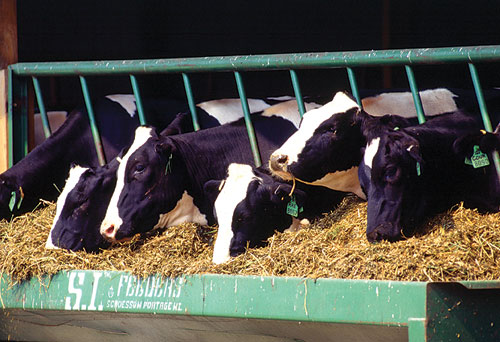As a livestock producer, you’ve probably heard the terms “stocking rates” and “stocking densities” tossed around. But what you may not know is that each term means something entirely different.
Stocking Rates
“Stocking rate is defined as the number of animals on a given amount of land over a certain period of time. Stocking rate is generally expressed as animal units per unit of land area,” Daren D. Redfearn, State Extension Forage Specialist, and Terrence G. Bidwell, professor and State Extension Specialist Rangeland Ecology and Management with Oklahoma State University Extension said.
The following is an example on how to calculate stocking rate using animal units: A livestock producer has 50 head of 1,000-pound cows on 200 acres for 12 months.
The stocking rate of this operation would be calculated as follows: Calculation of stocking rate: Total Land Area ÷ [(#AUs) x (Grazing Season)] 200 acres ÷ [(50AUs) x (12 months)] = 0.33 acres per AU month (AUM) or 4 acres per AU year (AUY).
Stocking Densities
Stocking density is a term that essentially refers to animal concentration, or the number of animals on a specific area of the pasture for a specific period of time. Management is key to stocking densities.
According to the University of Missouri Extension, a reasonable stocking density that provides ample forage intake will improve animal performance.
An example of the difference between stocking rate and stocking density is as follows: stocking rate would be if you had 100 acres and 100 yearling steers that weighed 700 pounds, so your stocking rate would be one steer per acre, or 700 pounds liveweight per acre.
For producers who continually grazed their pasture, the stocking rate and the stocking density would be the same (700 pounds liveweight per acre).
But, if producers implement management intensive grazing (MiG), they can greatly increase their stocking density. If your 100 acres is divided into 10 pastures that each amount to 10 acres, when all your steers were in one pasture, you’ve increased the stocking density times 10, and it now equals 7,000 pounds per acre. While your stocking rate may not have changed, you now have a better program to maximize your herd’s use of your pasture.
Once you understand the difference between stocking rates and stocking densities, you can use both as useful management tools to maximize your profits.




